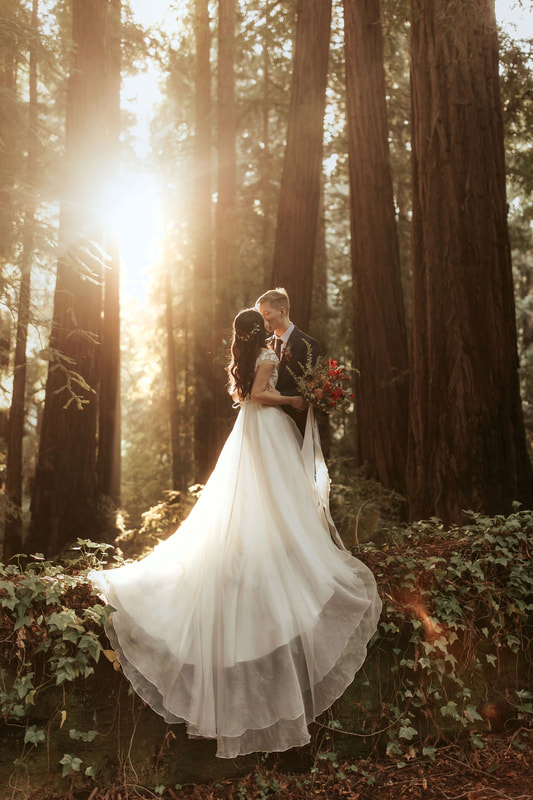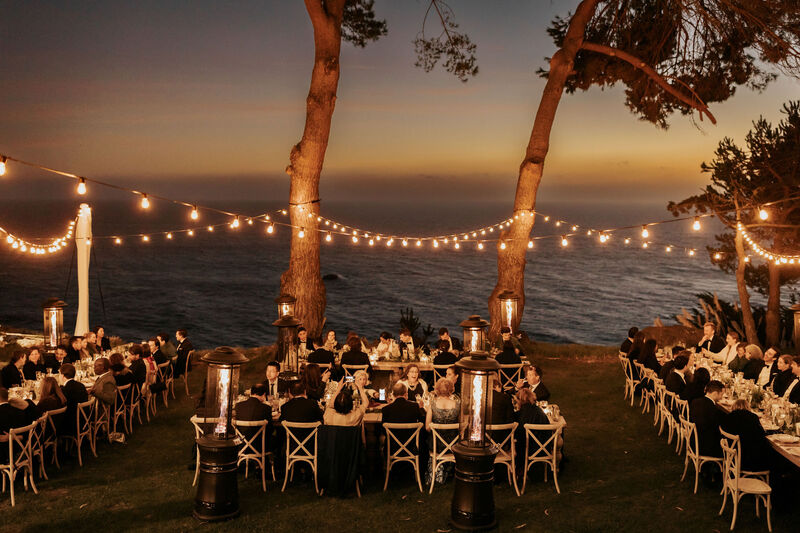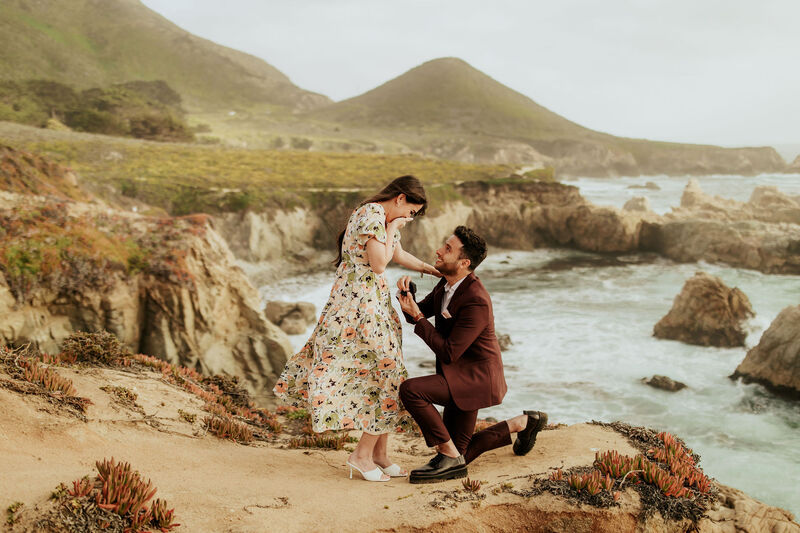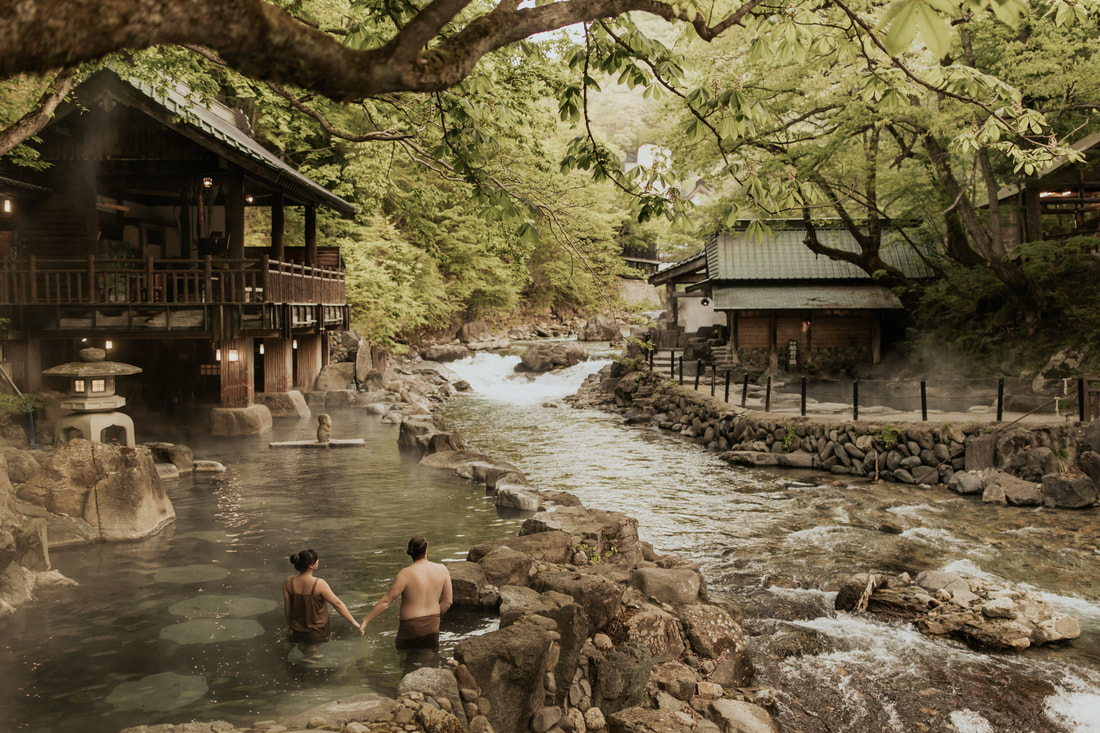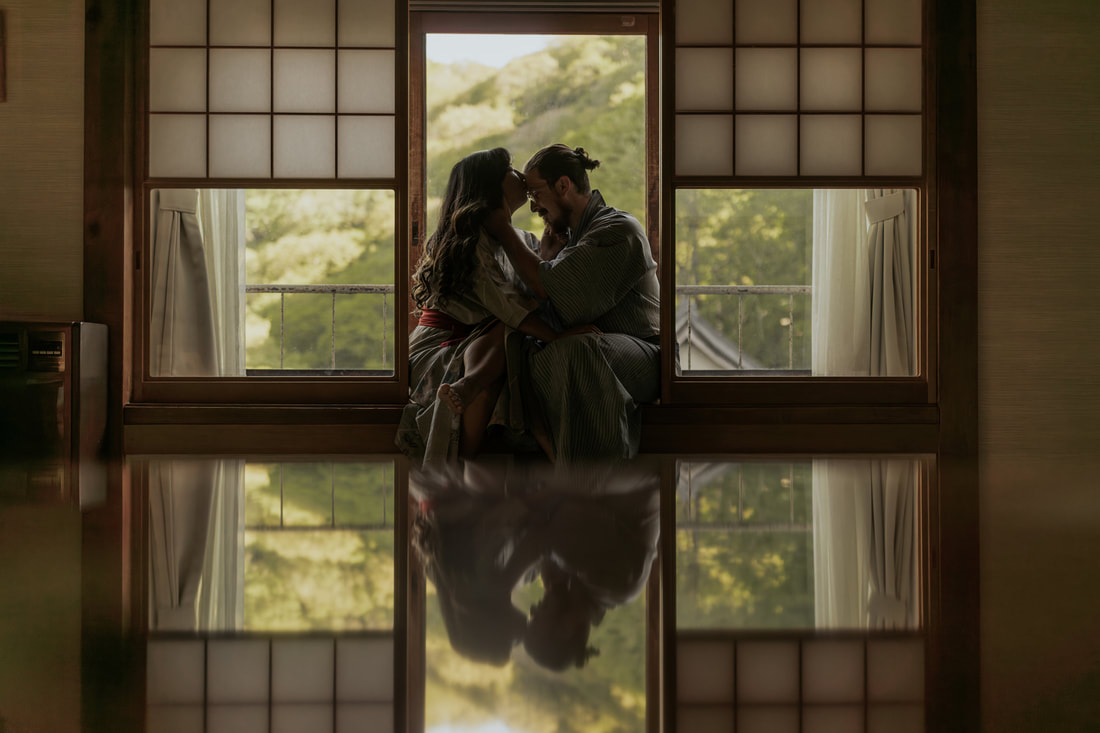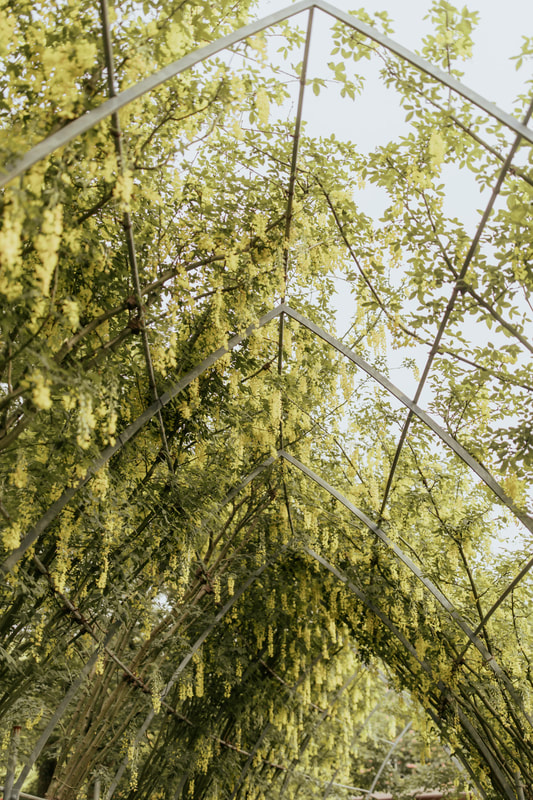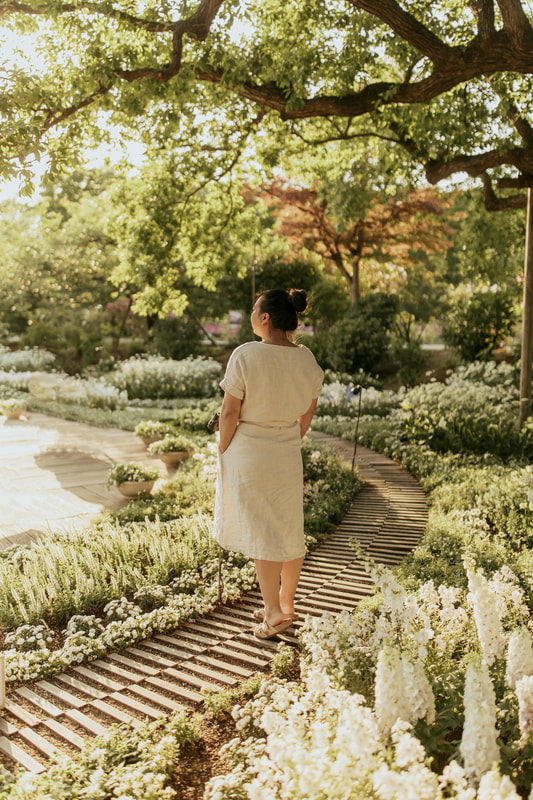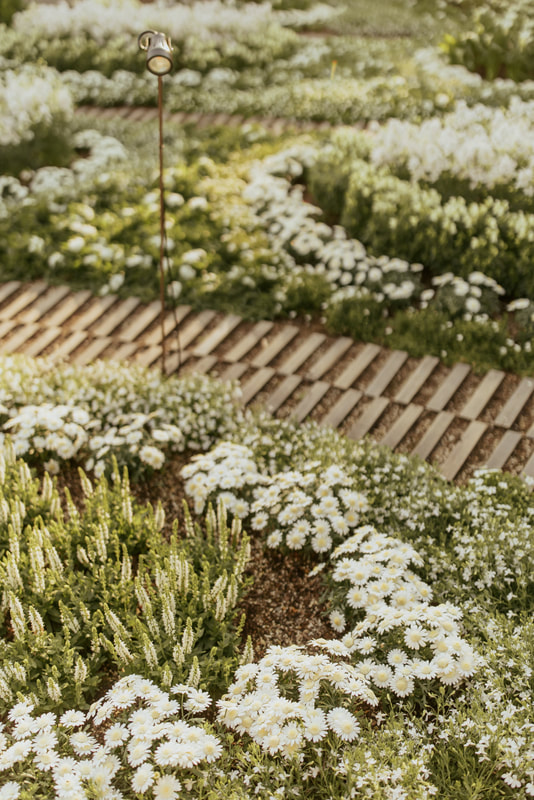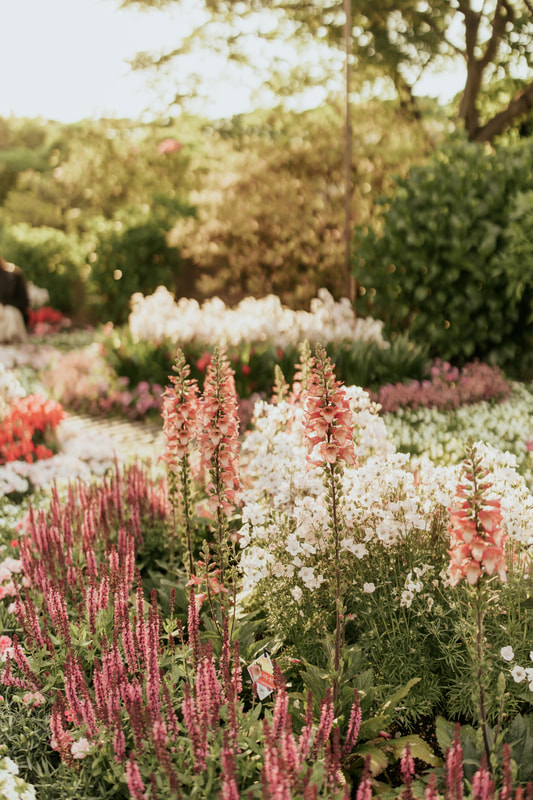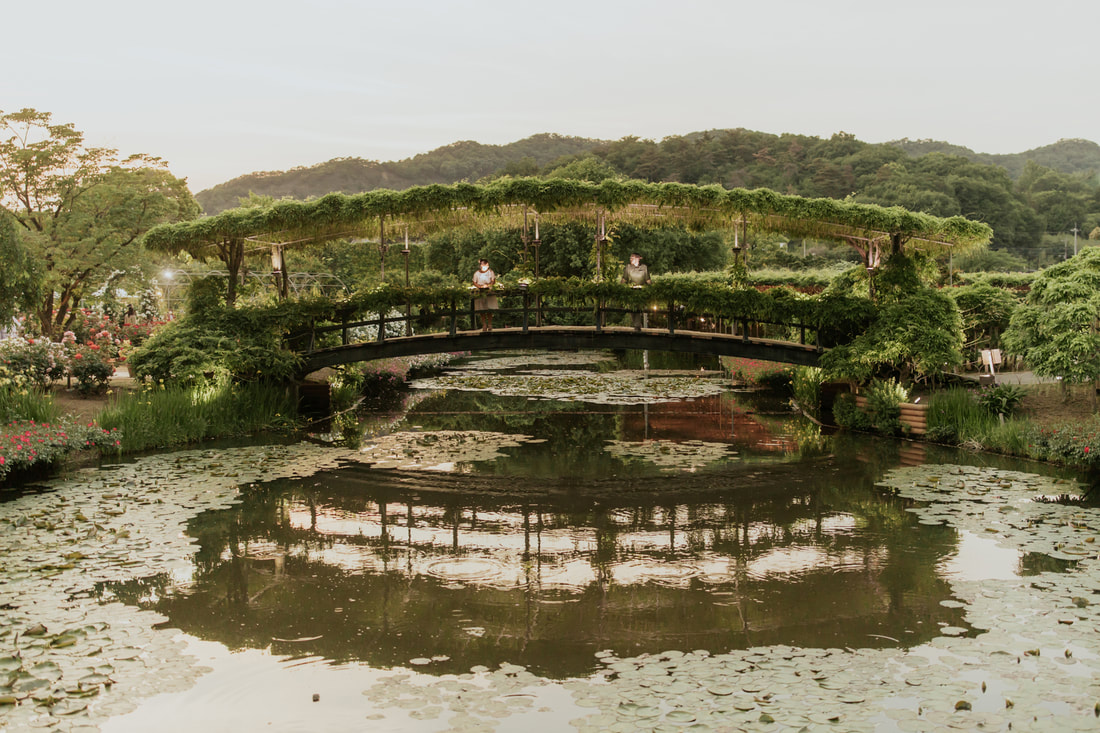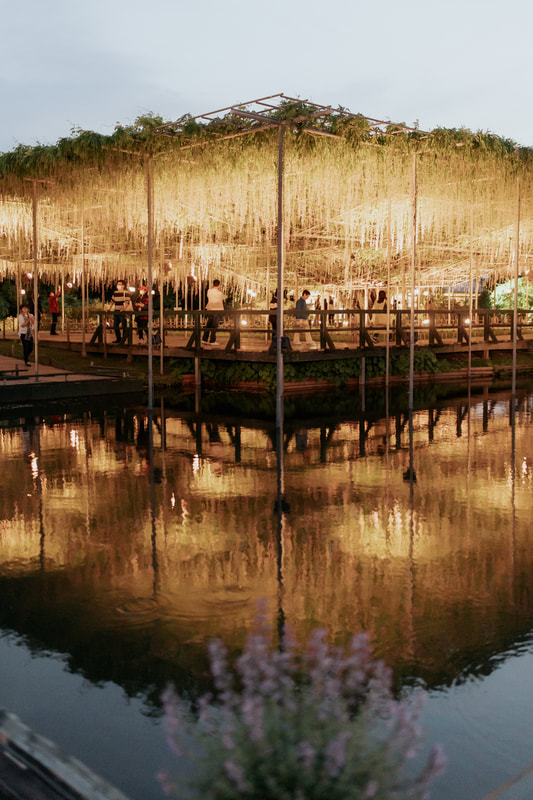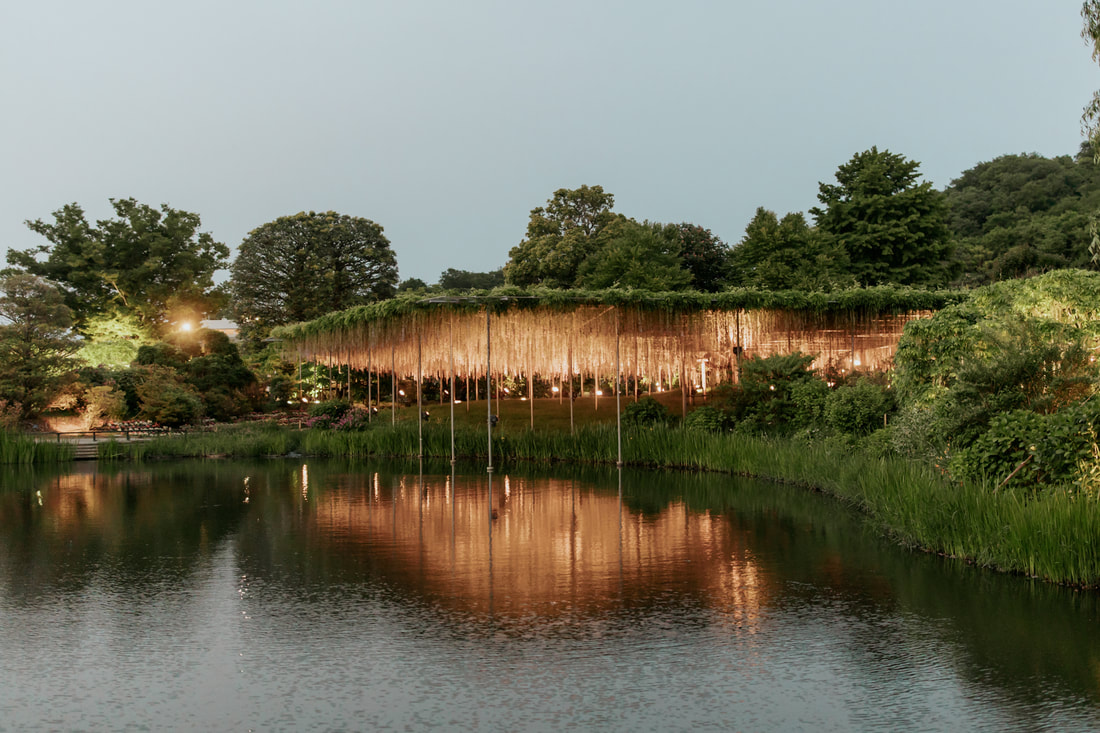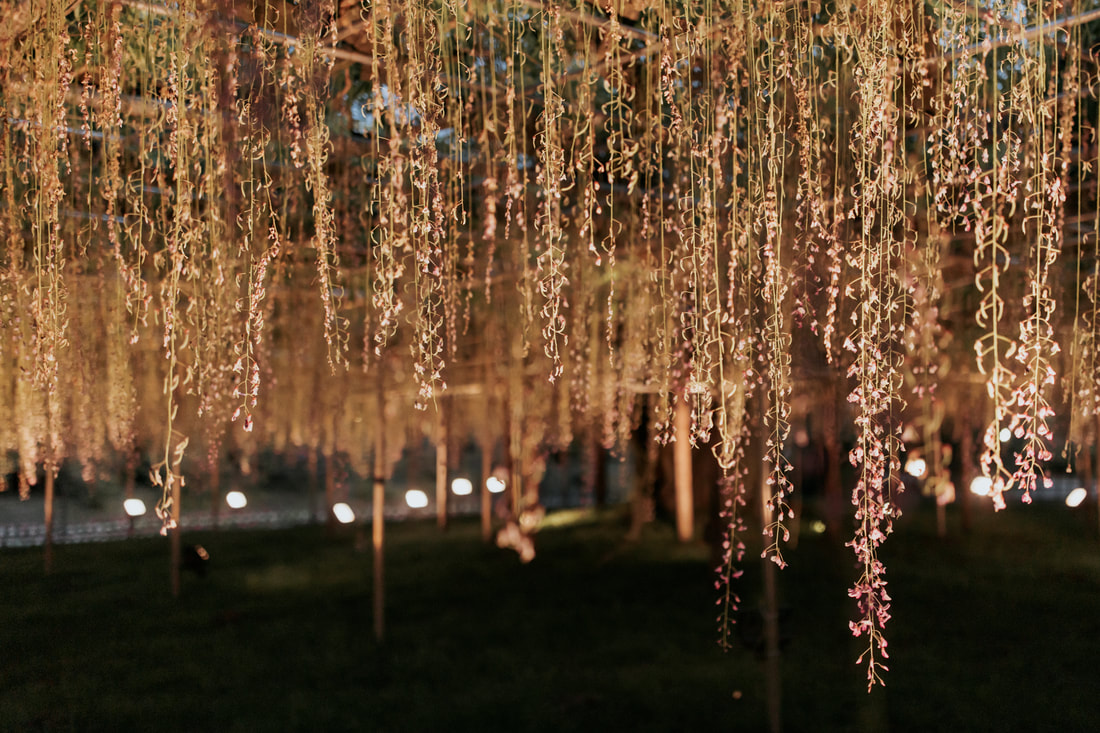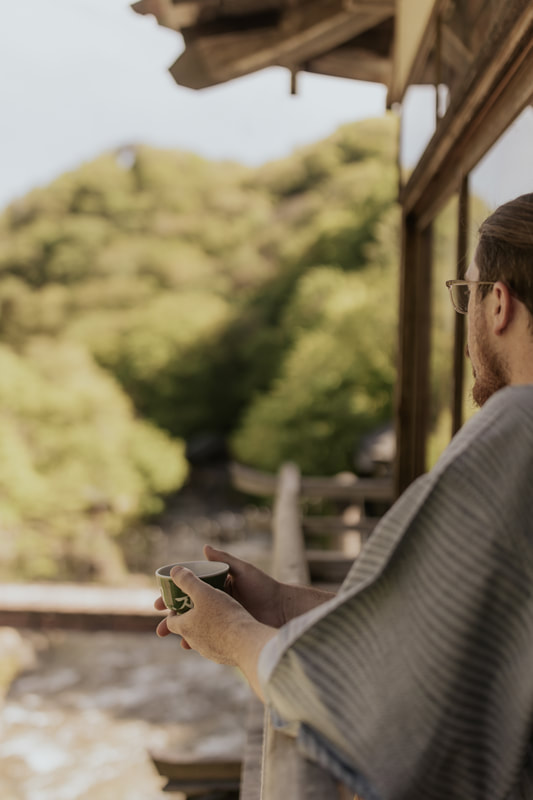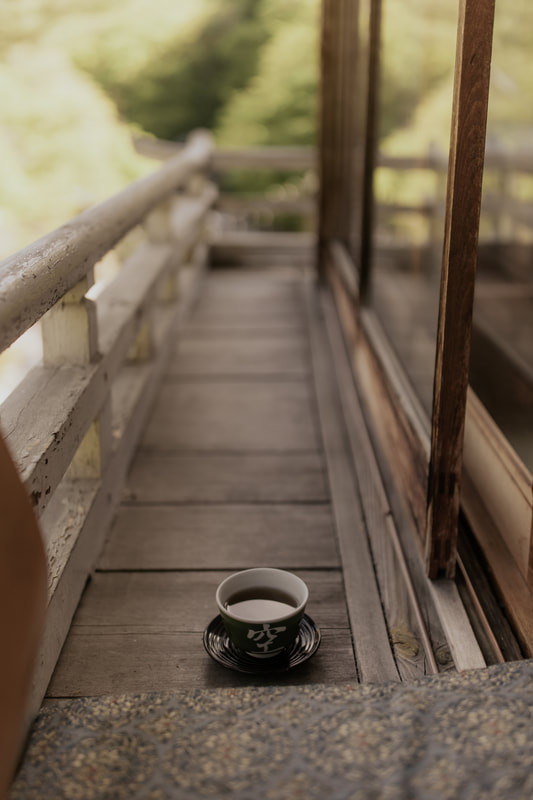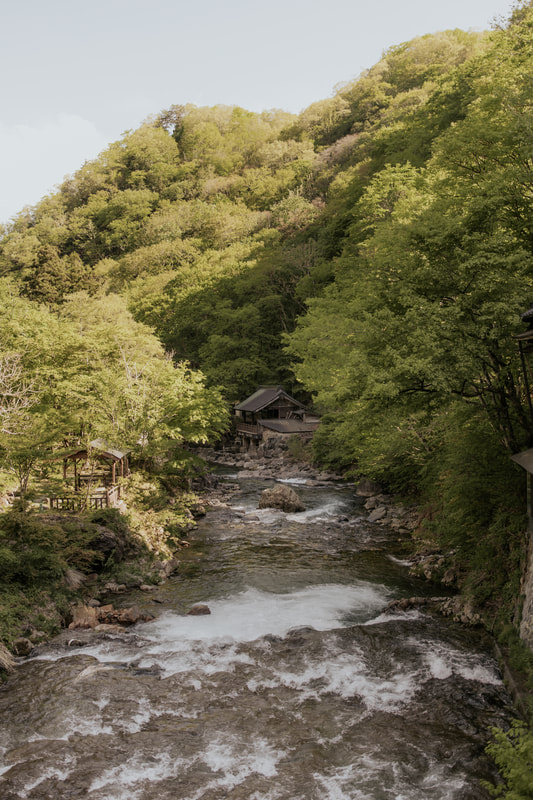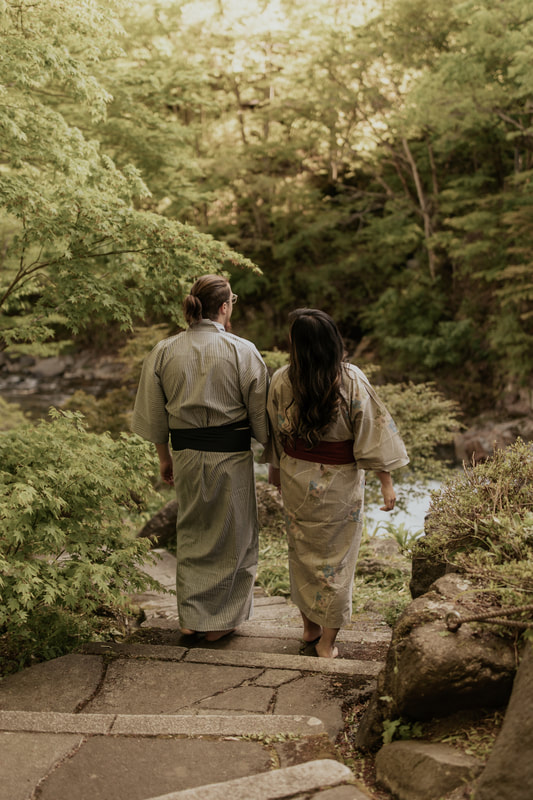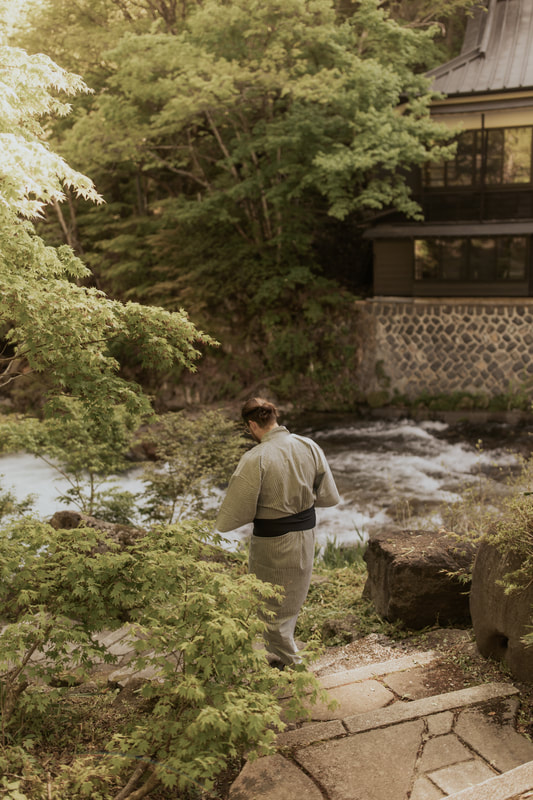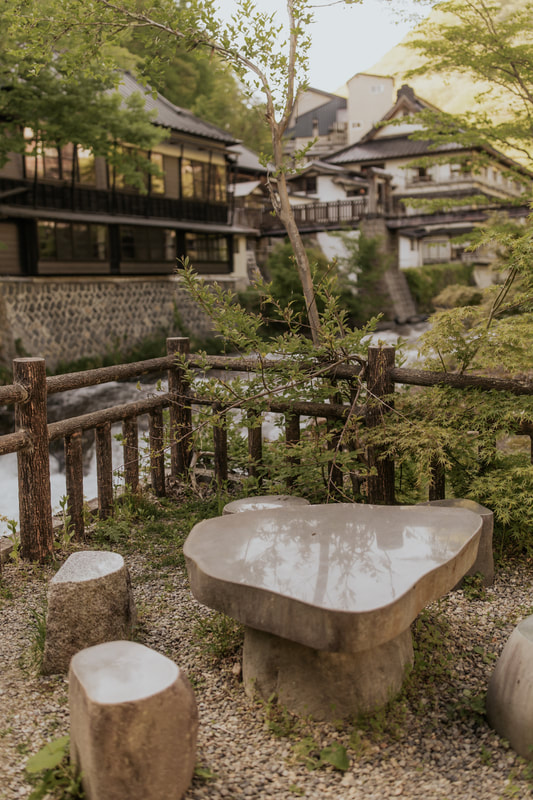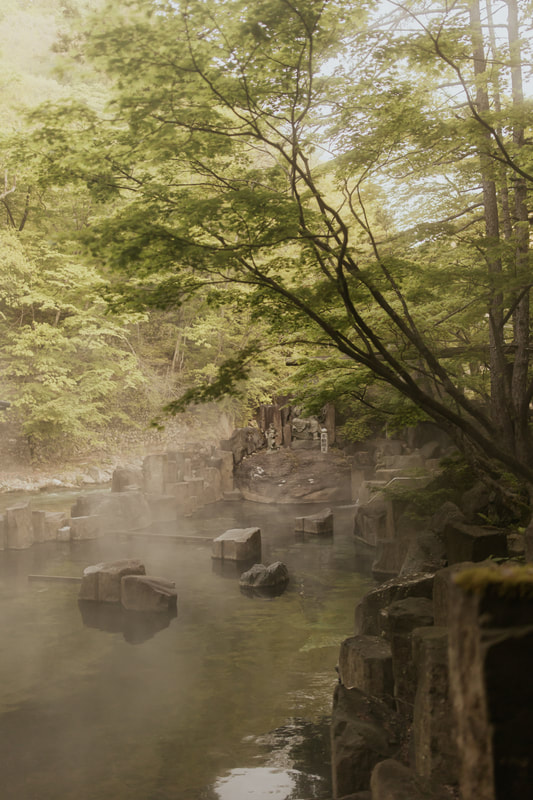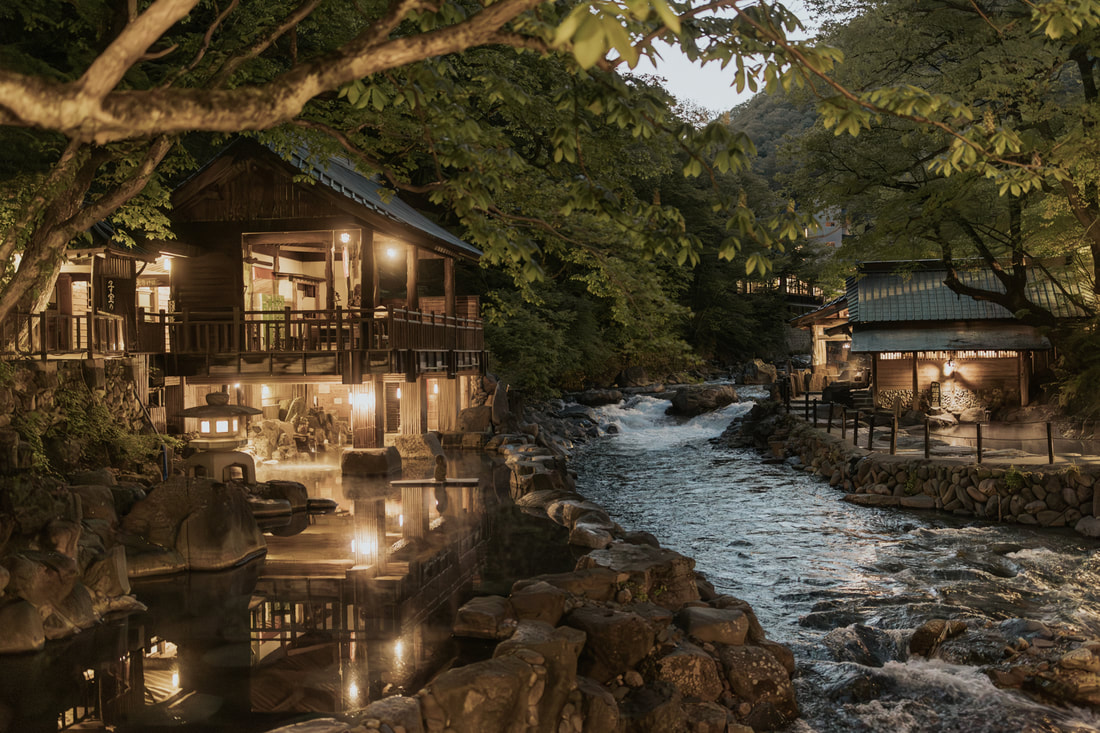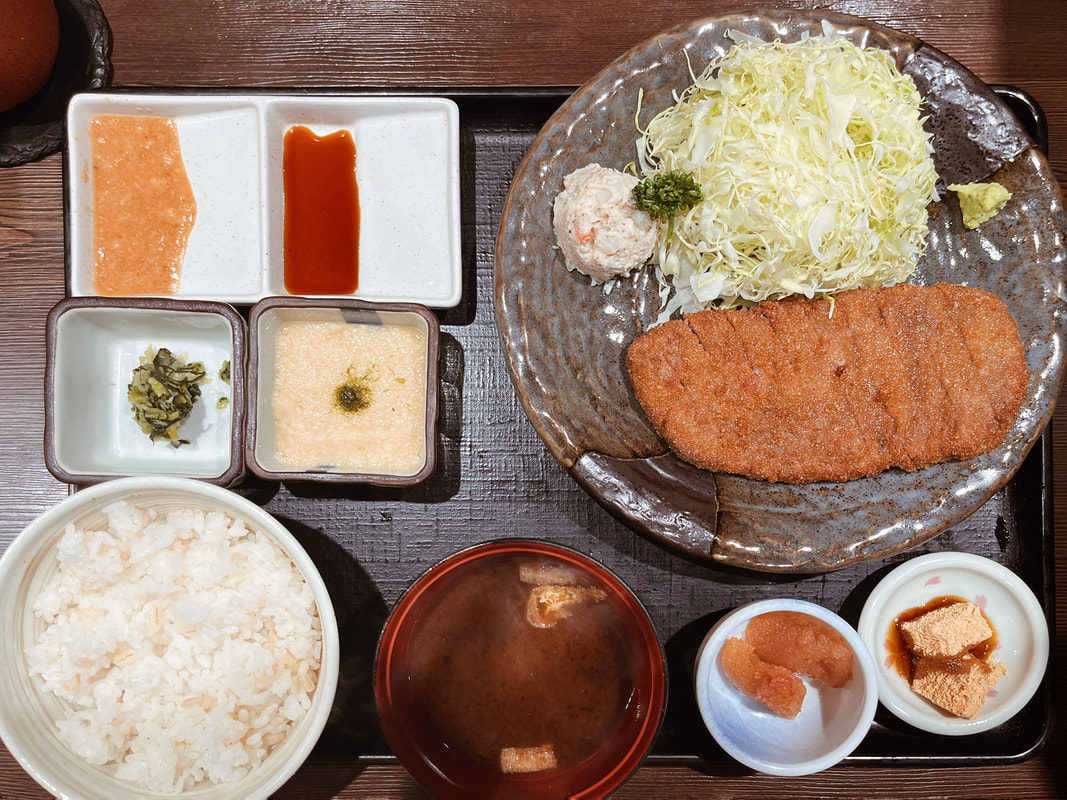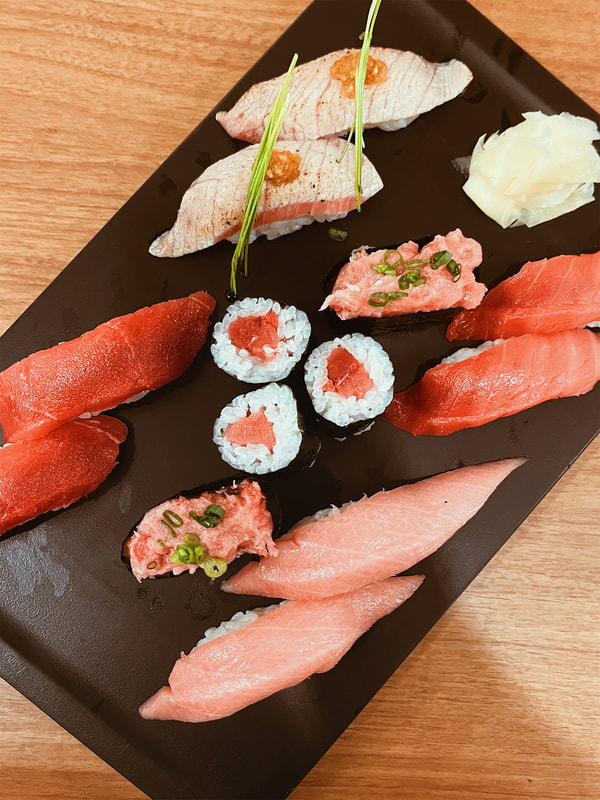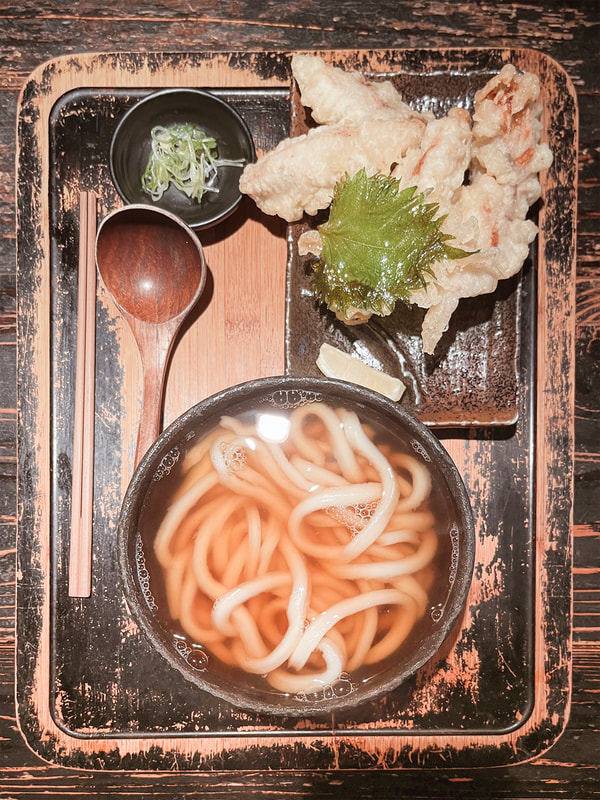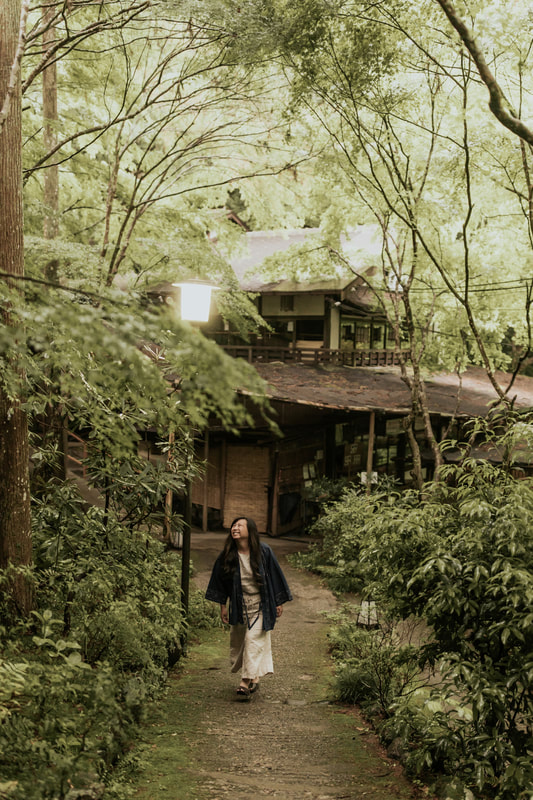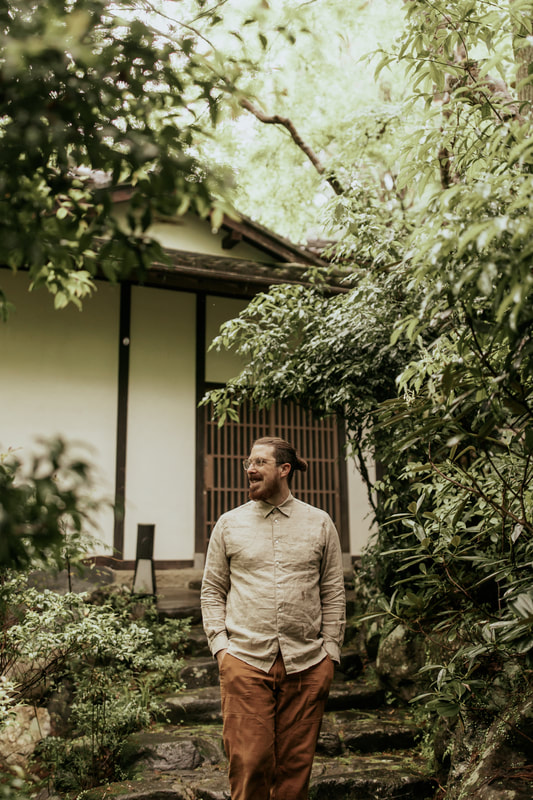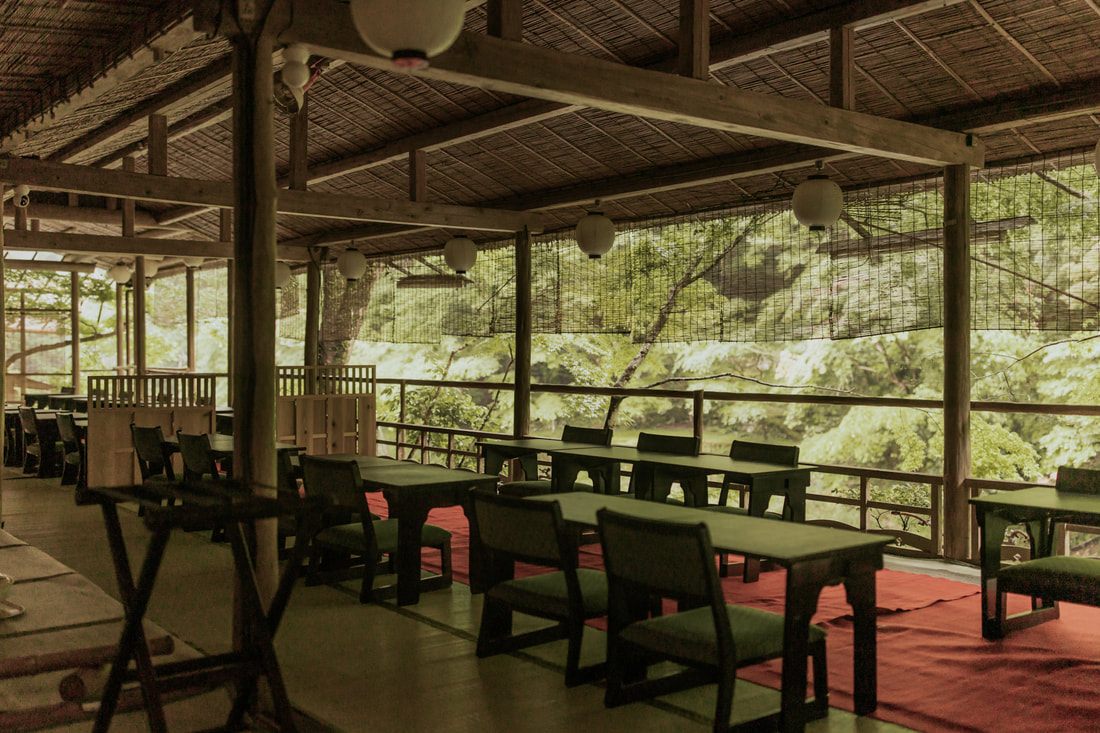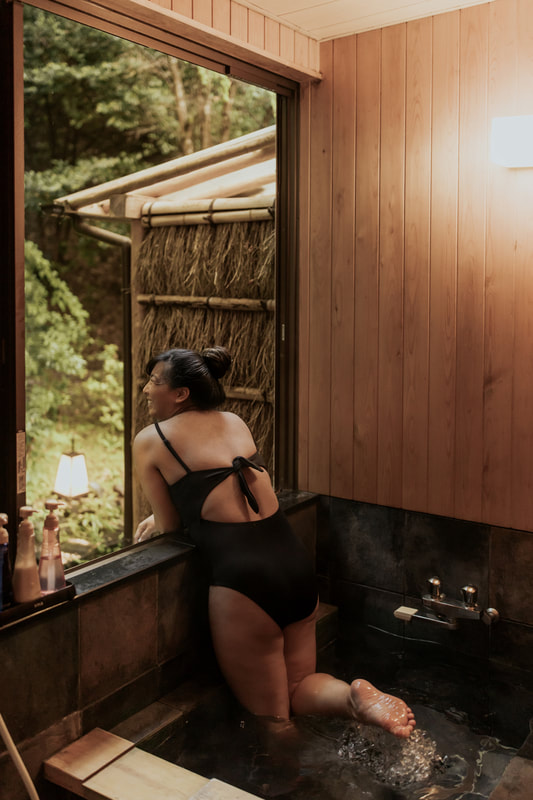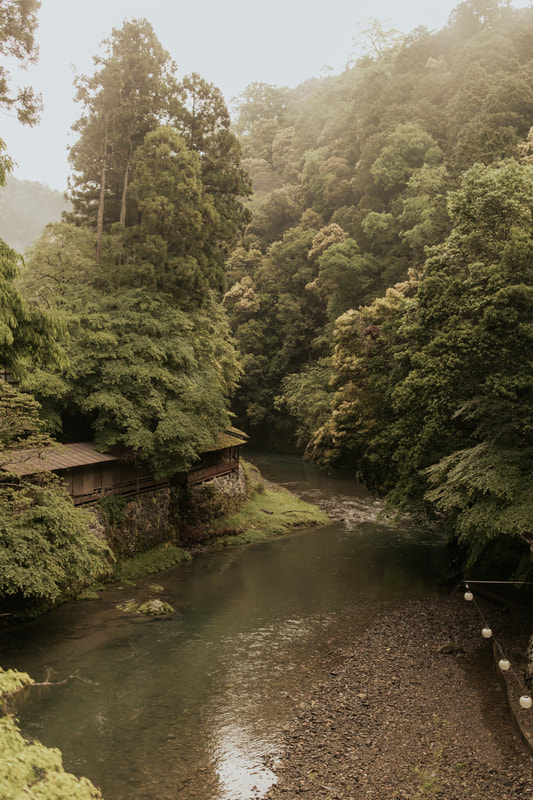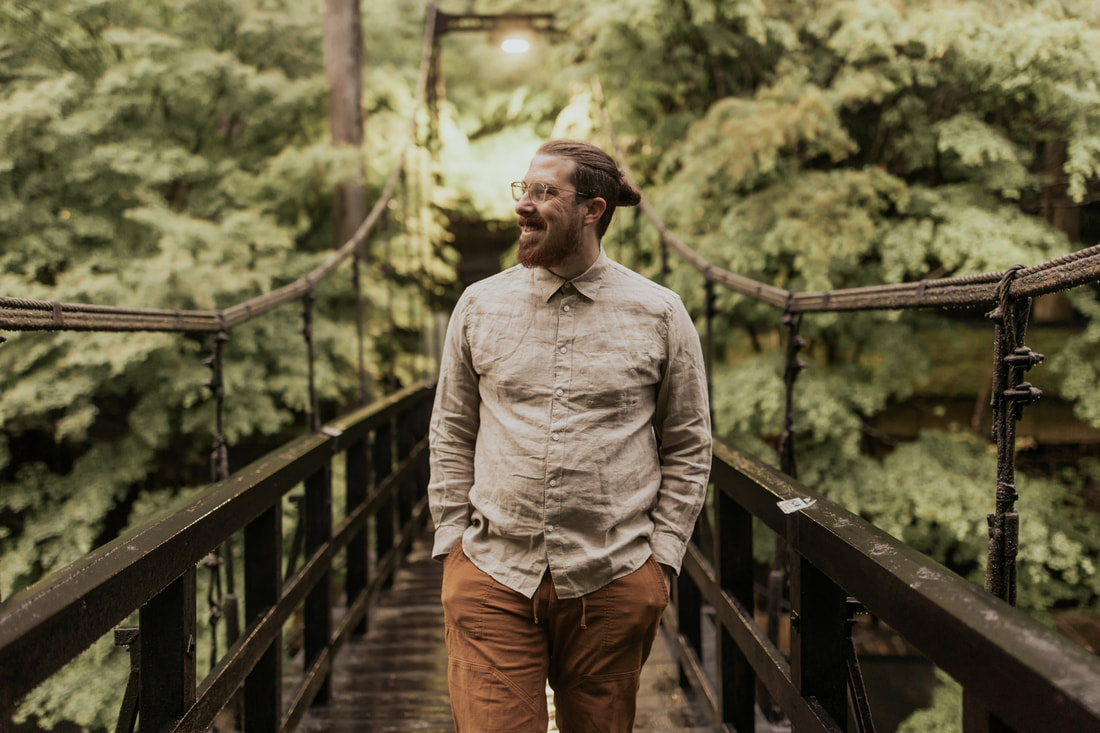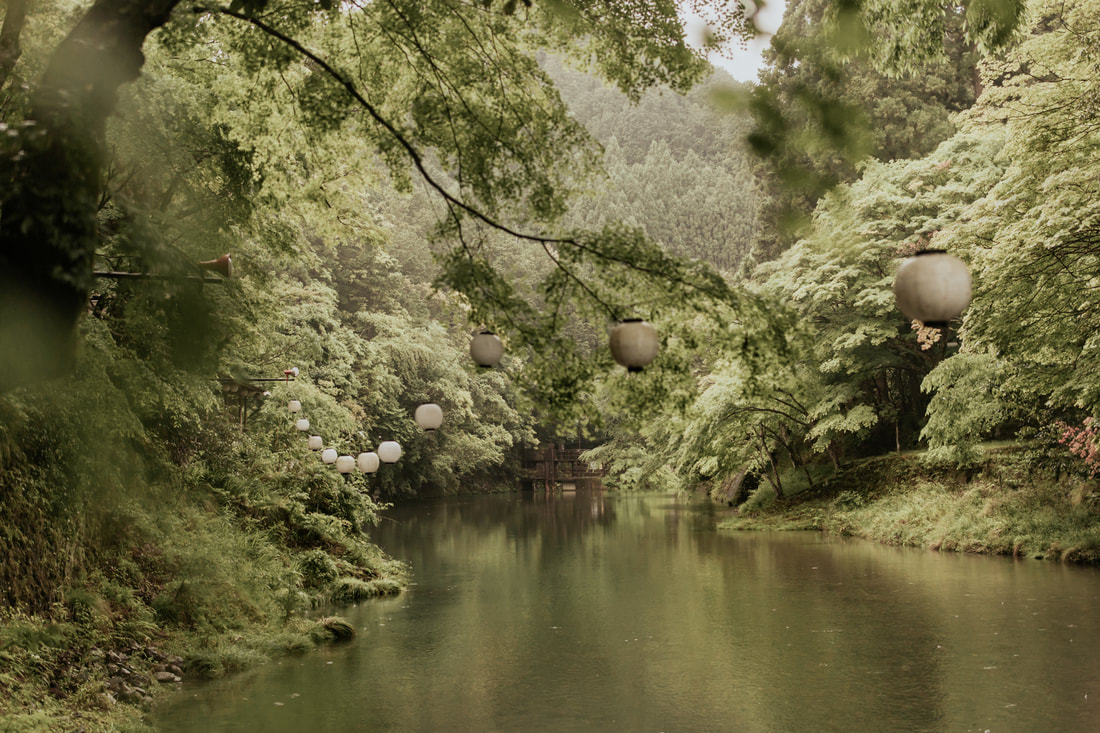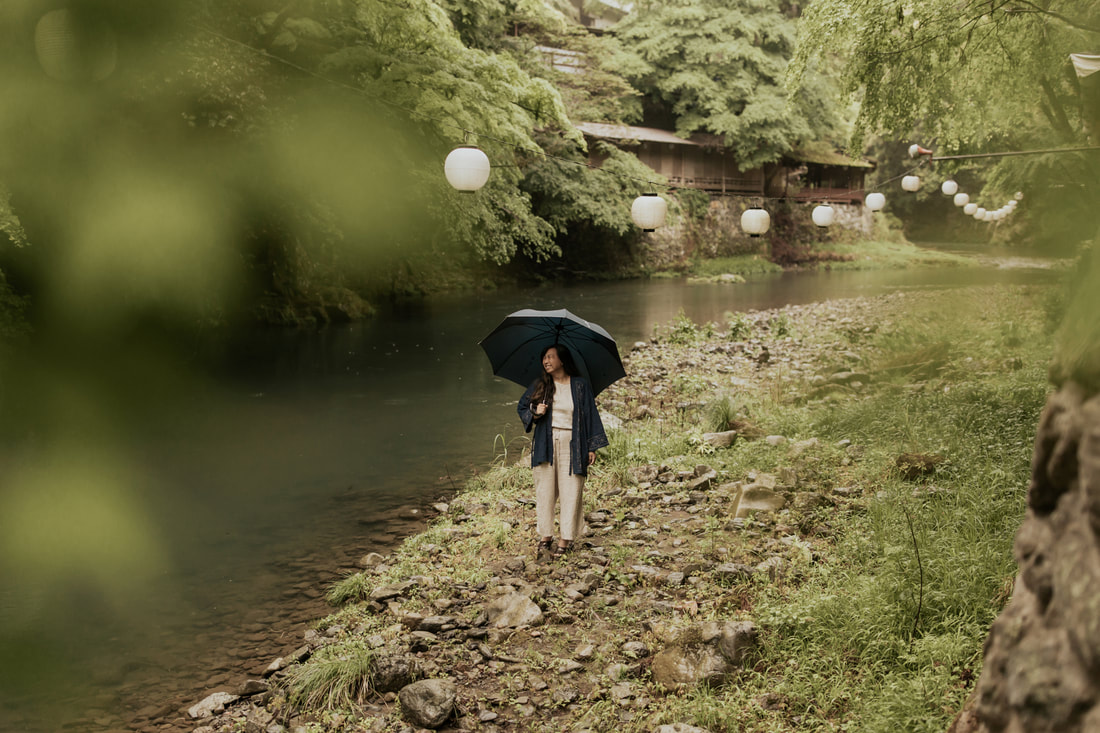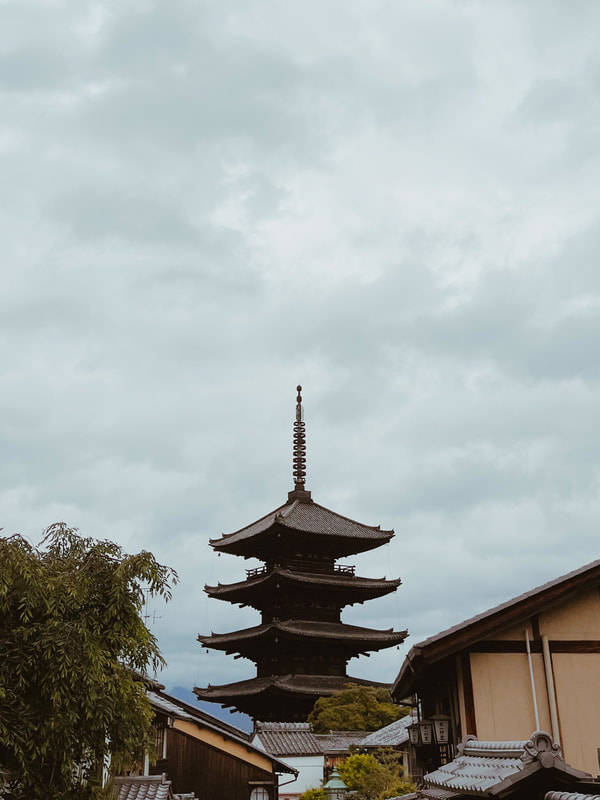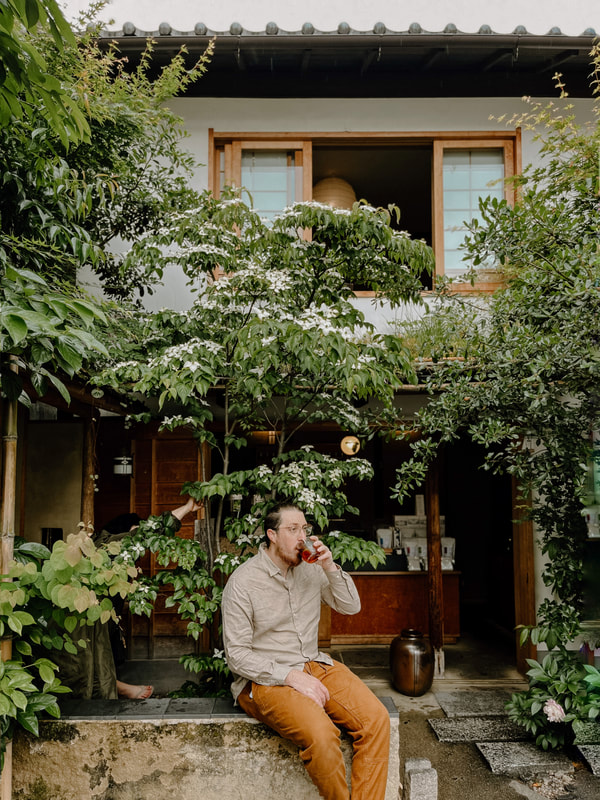Lynn Lewis Photography | Big Sur Wedding + Elopement Photographer
|
Most people will tell you that 1 week in Japan is not nearly enough. And even if you did 1 week in Japan, there's no way you would think of going anywhere outside of the main cities - possibly Tokyo, Kyoto, and Osaka and that's it. But for experience seekers like us, this might be the itinerary for you, or at the very least, inspiration to add to your longer trip! We had already been to Japan once before (you can check out our last Japan Travel Guide blog post!) This time we had a few goals in mind - eat all the good food, bring back a luggage full of souvenirs, and experience authentic Japanese ryokans (traditional Japanese inn) and onsens (hot springs) that we had loved so much from our last trip. Most of the places we visited were ones few travel guides had listed, so it took hours of deep dive Google searching to plan out this trip. If you're ready for some travel inspiration, check out this 2023 travel guide with a 1-week Japan itinerary below!
|
